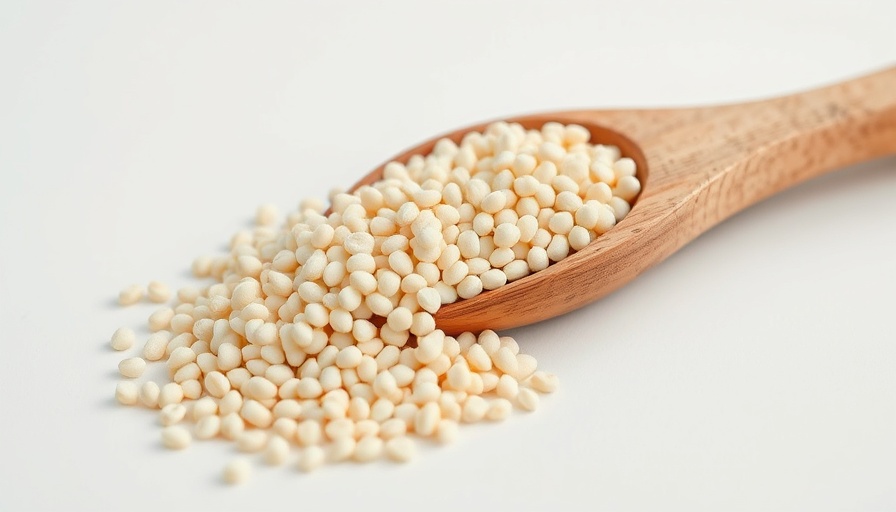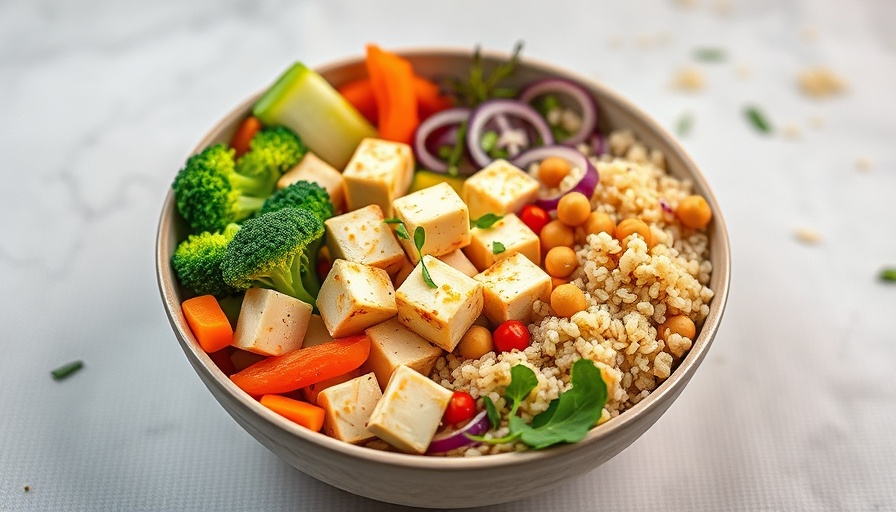
Unveiling the Mystery of Millet: A Nutritional Powerhouse
Have you heard of millet? It's often overshadowed by more popular grains, but this humble seed is gaining attention for a good reason. While many think of grains in terms of wheat, rice, or corn, millet is a diverse category encompassing various plants that have nourished humanity for thousands of years. In a world focused on superfoods, millet is quietly revolutionizing healthy diets with its impressive nutritional profile.
Historical Significance: The Ancient Grain Revisited
Millet isn't just a grain; it holds the title of one of the first cultivated grains, dating back 5,000 to potentially 10,000 years. Ancient civilizations relied on millet for sustenance, showcasing its versatility as a staple food. By understanding its historical backdrop, we can appreciate its role in feeding communities throughout the ages. While many traditional diets are being overlooked, millet deserves a spotlight for its enduring significance.
The Unsung Hero of Nutrition: A Closer Look at Millets
When we talk about millet, it isn't just one type—it's a collection of grains, including pearl, finger, foxtail, and proso. Each type offers unique health benefits. For example, Kodo millet is bursting with fiber, while finger millet is renowned for its extraordinary calcium content—boasting up to ten times more than regular grains! With exceptional levels of antioxidants and minerals, millets stand out in the seemingly mundane grain aisle.
Research-Backed Benefits: What Science Says About Millet
Research on millets shows promising health benefits, from potentially preventing cardiovascular diseases to offering protection against certain types of cancer. Although much of the evidence is preliminary, studies indicate that millet could inhibit cancer cell growth. For instance, researchers found that Kodo and proso millets effectively inhibited cancerous cells in lab settings. This sparks curiosity about the possible implications for human diets, as integrating millet into our meals may aid in health preservation.
Cholesterol and Blood Sugar Levels: The Healthy Duo
Many are looking for natural ways to manage cholesterol and blood sugar. Finger millet has been associated with lowering blood sugar levels and cholesterol, making it an attractive option for those with diabetes or heart health concerns. While more research is necessary to understand the full impact, including millet in a balanced diet could be beneficial for overall wellness.
Discovering Delicious Ways to Incorporate Millet
Inspired to add millet to your food repertoire? This ancient grain can fit seamlessly into various meals. From fluffy millet porridge to crunchy millet salads or as a base in veggie bowls, its versatility allows for creativity in the kitchen. Moreover, millets are gluten-free, making them a suitable option for individuals with gluten sensitivities or celiac disease.
Conclusion: Embrace the Grain Revolution
As we navigate the modern food landscape, rediscovering ancient grains like millet brings incredible potential to enrich our diets. With its compelling health benefits and delicious versatility, millet is set to reclaim its place on our dinner plates. Don’t miss out on exploring this nutritional treasure. Are you ready to take the leap and try millet? Dive into the grain revolution today!
 Add Row
Add Row  Add
Add 




 Add Row
Add Row  Add
Add 

Write A Comment